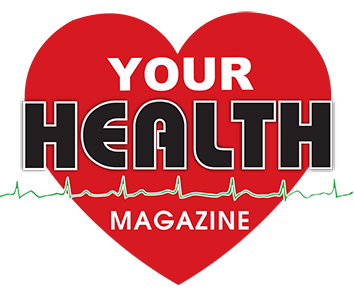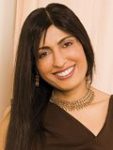
More Dental Health Articles
Dental Relation To Sleep Apnea
In dental school, during the process of learning about reconstructing a mouth that has no teeth, utilizing full dentures, sometimes referred to as upper and lower plates, we learned about the impact of the whole mouth upon the tongue as it relates to swallowing and speaking and overall muscle balance and comfort.
When a mouth is missing teeth we must position the jaws correctly. This includes determining
How up/down far apart must they be?
What is the backward/forward relation between the top (maxilla) and bottom (mandible) jaws?
What is the right/left relation of them?
We also must determine from this
The size and shape to make the teeth
How to best position the teeth
How to replace and contour the gum tissue and underlying bone where it has receded or is missing from the jaws and gums. This can even include the bumps, recesses, and surface topography.
All of this is designed to be in harmony with ease of speaking, swallowing and breathing.
Ease of breathing had not been seen by many dentists as a condition directly impacted by the dental profession. In Snoring and Obstructive Sleep Apnea, second edition by David N. F. Fairbanks, et al, the first reported use of a dental appliance was in 1934 by Pierre Robin to pull the jaw and tongue forward in people with smaller, retruded (receded) lower jaws.
In the mid-1980s this concept got more attention. The dental relationship to obstructive sleep apnea has provided an opportunity to recognize the link between dentistry and airway control of airflow and breathing our body's most fundamental need.
The basic priority of airway-breathing-circulation (A-B-C) addresses this fundamental need and its impact on life and death. To manage airflow our body instantly compensates for any degree of obstruction or blockage. The body adapts to make sure the airway is open and air can flow into our lungs.
Through these compensations, the body robs from Peter to pay Paul to keep us alive. We don't even know this is happening. The immediate and subsequent impact of this can be measured physiologically and readily picked up through the eyes of a trained, skilled and focused professional.
As the medical and dental communities address obstructive sleep apnea and all the complications from it, you can see that dentistry plays a major role, if not the primary role.
Other Articles You May Find of Interest...
- Let’s Smile Dental’s 7&Up Club
- Strengthening Smiles: Understanding the Importance of Splinting Periodontally Involved Teeth
- Understanding Soft Tissue Grafting: A Key To Periodontal Health
- New Solutions for Dentures and Dental Implants
- Benefits Of Immediate Dental Implants
- Preventing Tooth Injuries During Your Child’s Active Summer
- How New Tech In the Dental Office Benefits You

















